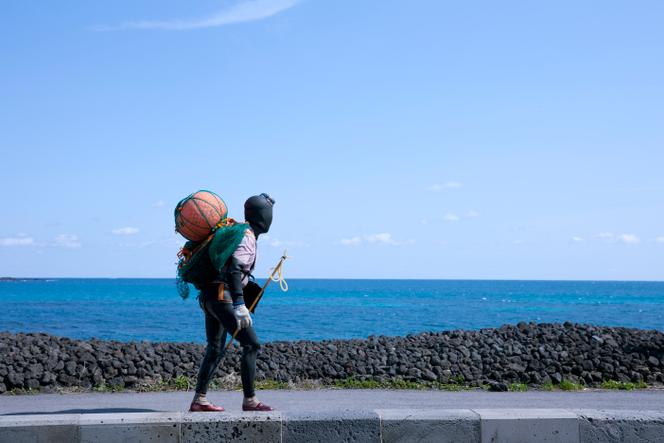At the Korean Cultural Center in Paris, an exhibition on the prodigious divers of Jeju Island


Once a refuge for South Korean criminals, Jeju Island—the largest island on the Korean Peninsula—has become a popular destination for tourists from around the world. Boasting breathtaking scenery and ancient culture, the 1,800-square-kilometer volcanic territory has seen its popularity explode with the success of the Netflix series "Life Will Bear Fruits ." The series follows the love story of two young people from the region, steeped in local culture.
The island is also being honored at the Korean Cultural Center in Paris through the exhibition "Jeju Island, Living with the Sea." Until September 6, visitors can discover the unique diversity of this land and, in particular, the history of the haenyeo , the Jeju divers.
Starting in the 19th century, women in the region learned, from mother to daughter, how to fish the seabed. Equipped with rudimentary clothing, a mask, and a net, they would dive down to 20 meters deep to retrieve sea urchins, shells, and other seafood. A colorful fabric buoy, made by them, allowed them to hold onto to breathe as they returned to the surface.
You have 65.94% of this article left to read. The rest is reserved for subscribers.
Le Monde




